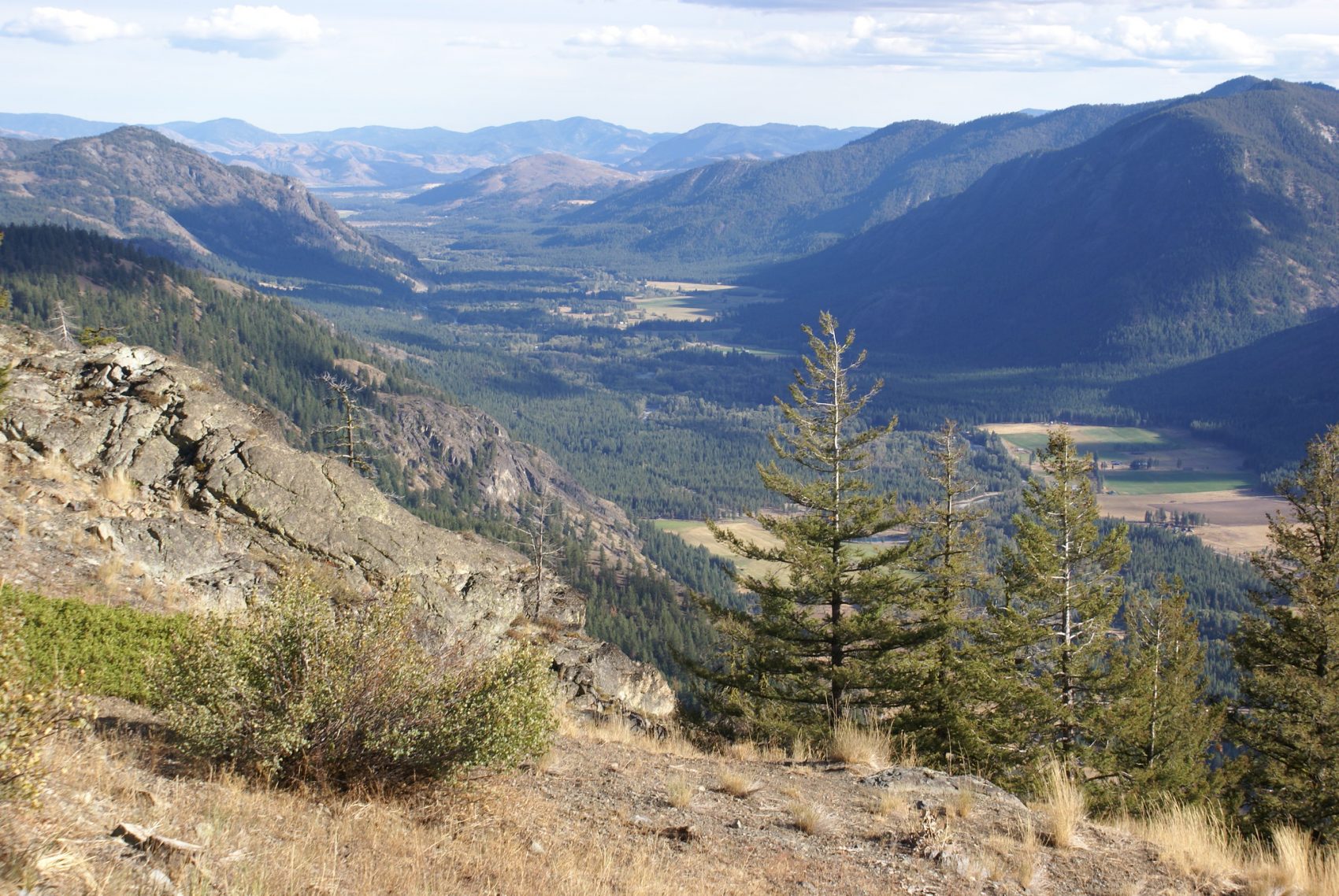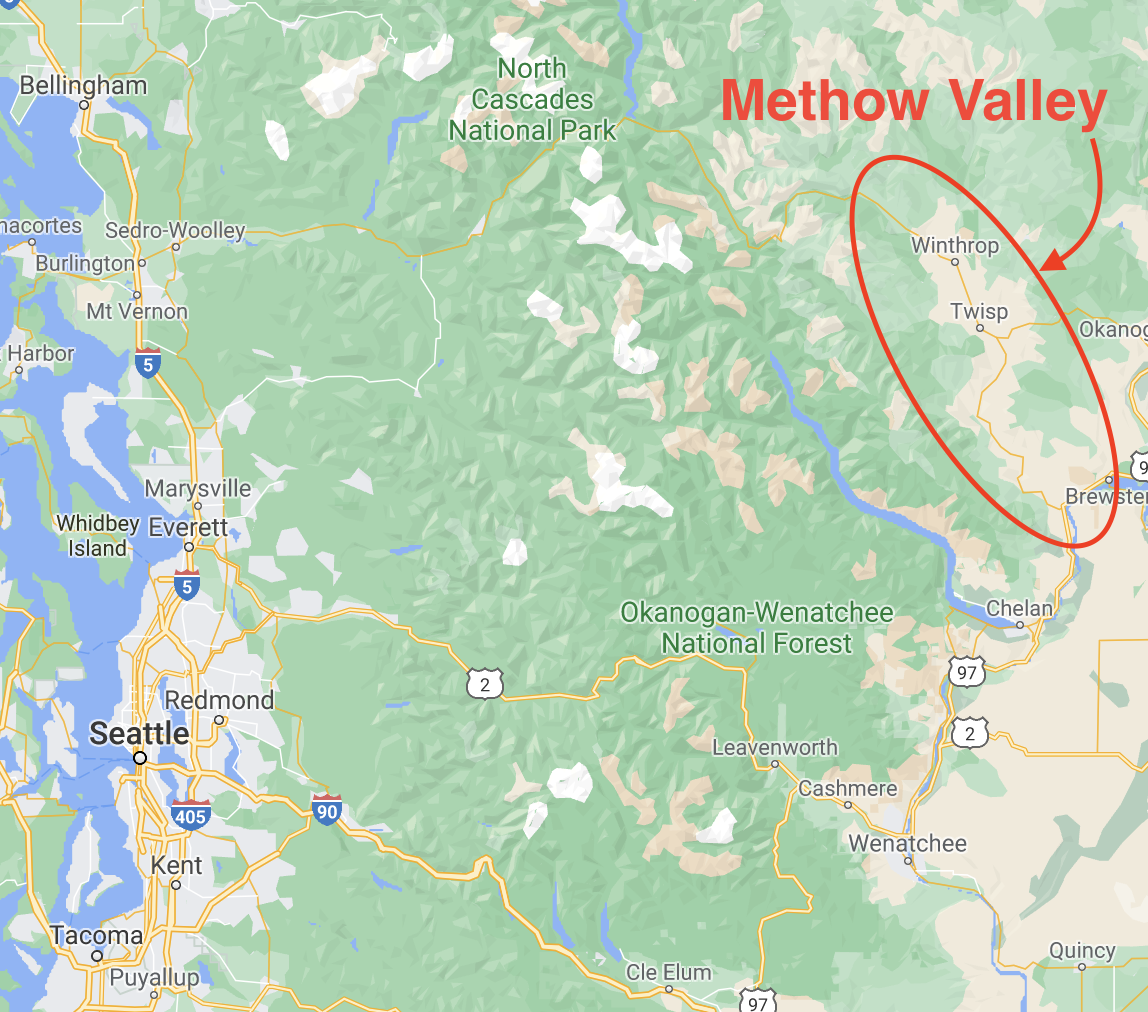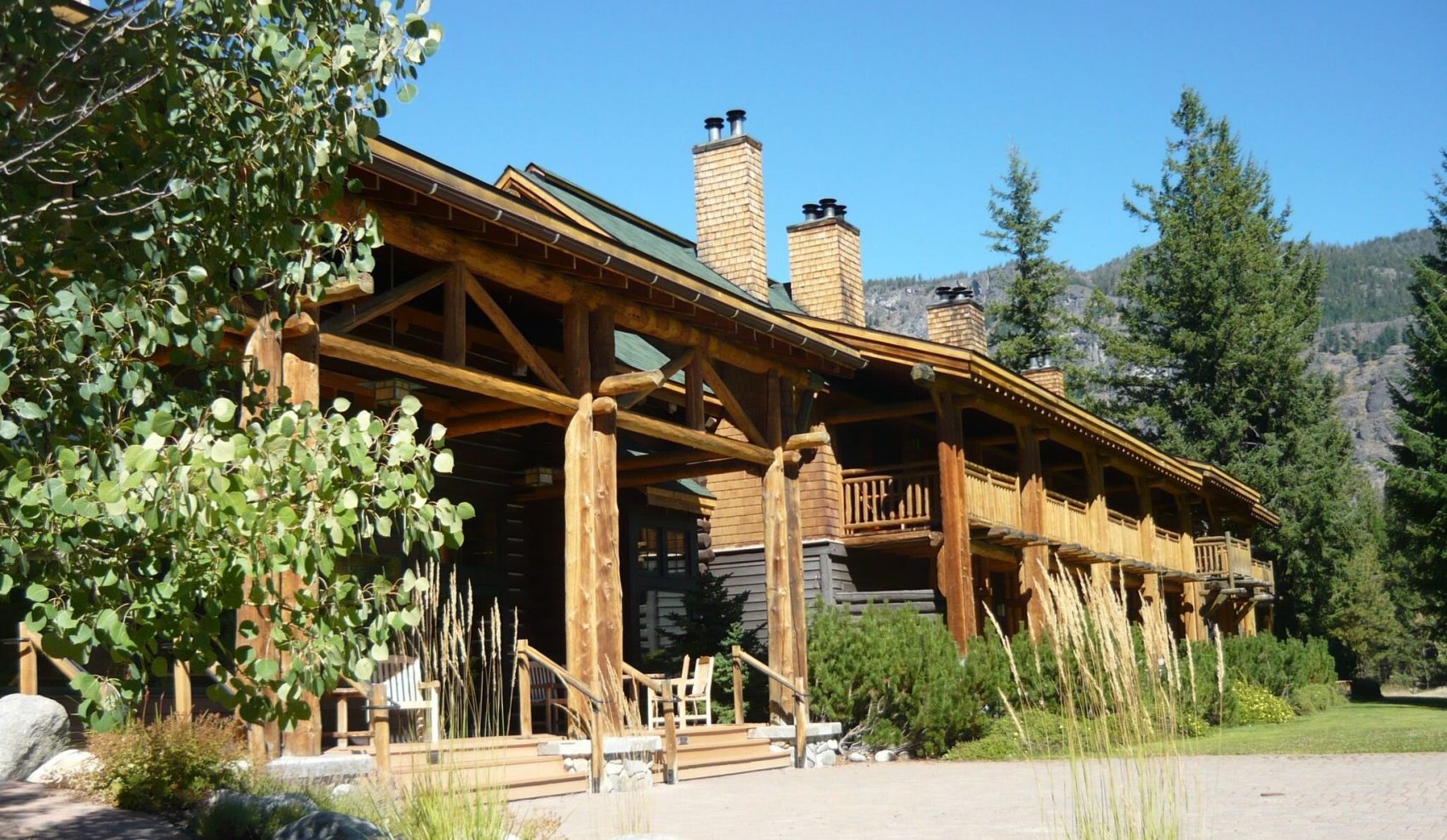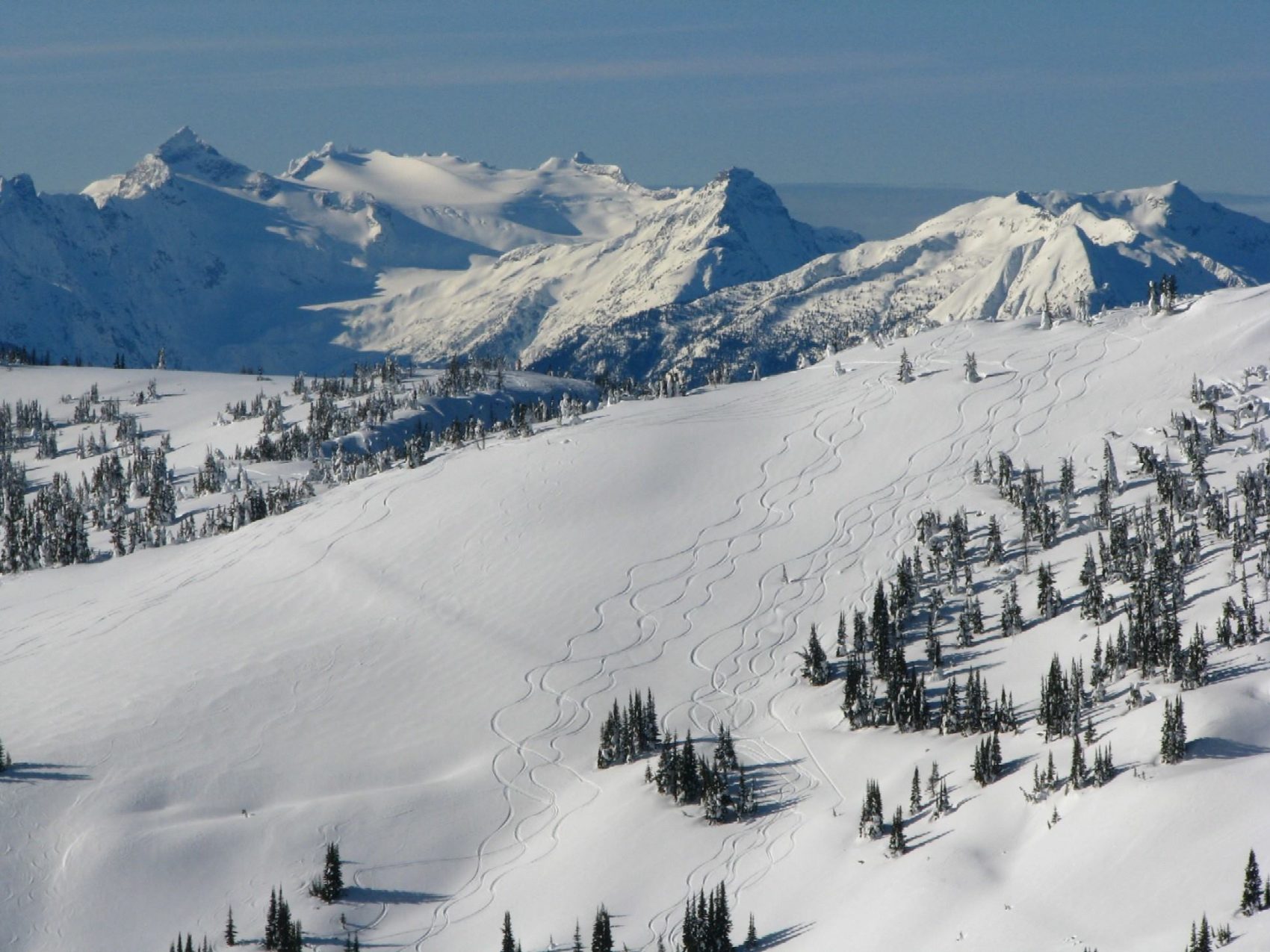
Methow Valley runs 70 miles from the Columbia River’s sagebrush to the vast forests and towering mountains of the Northern Cascades. Notable towns in the valley include Methow, Twisp, and Winthrop. This secluded valley of central Washington once had plans for a downhill ski resort, but they never broke ground. What could have been, and why did a ski resort fail in the Methow Valley?

Aspen Ski Corporation submitted the first proposal for the valley in 1974. A quote from Aspen Ski Corp at the time stated that the valley was “the best potential destination ski resort in the United States.” The corporation bought 1,200 acres of land near Sany Butte’s base for what was supposed to be Early Winter’s Resort. The proposal included a plan for a ski hill and base area that could house 7,000 people overnight. While the 1960s saw unprecedented ski resort construction in the United States, the 1970s saw a slow down of new resorts due to heightened environmentalism. The first proposal came with quick delays in the permitting process from environmental groups. Locals sought help from environmentalists from Seattle, which helped form the Friends of the Methow group. This group, along with others like The Sierra Club, fought against resort construction in the valley.
In 1981, officials from the Okanogan National Forest unveiled possible plans for a massive 16 lift ski resort on some 3,900 acres. It would require a lot of investment and time to build it, but environmentalists were keen for it to never get off the ground.
By 1985, Aspen Ski Corporation was beginning to become weary of the seemingly never-ending lawsuits. The company sold Early Winters Resort to The Hosey Group, a Bellevue-based company. The Hosey Group spent roughly $12 million on land and legal fees during their ownership and planned to build the resort’s first phase.
The Friends of the Methow was one of a few groups that fought against the ski resort proposal. They took the Okanogan National Forest, which was in support of the resort, to court and won. While environmentalists celebrated the victory, it was only temporary. There were a variety of court cases revolving around the resort. In 1989, one of the cases ended up in the U.S. Supreme Court, where The Forest Service won a unanimous decision that it had properly studied the resort’s impacts. It was projected at that point that a ski resort could be up and running by 1992.
By late 1991 The Hosey Group ran out of cash for the project. Just a year later, T.D. Merril, a long-established timber and real-estate business in the northwest, bought the property for $865,000 at a foreclosure auction.

Merril must have seen the writing on the wall as they submitted a scaled-down version of the project, excluding a ski resort. Named the Arrowhead Resort, both environmental and citizen councils signed on to the project initially. Included in the proposal were a golf course, two lodges, 565 homesites, a medical clinic, and a shopping area. They hoped to mesh the project with the valley’s stunning beauty and thus keep support from locals. In 1996, as a symbol of the project’s intentions, the Freestone Lodge was completed and later became award-winning for its looks and accommodations. But even the scaled-down project began to see opposition within the valley. Water rights were not given to the project, which was devastating to the construction of a golf course, among other aspects. It was deemed too difficult to fight the water rights battle as other issues stressed the courts at the time. The project manager at the time, Terry O’Reilly, laughed at his position. Seven years after taking control, Merril still had little to show for.
Finally, in 1999, T.D. Merril withdrew its plan to build the remaining part of the Arrowhead resort. Once a site is considered one of the best possible locations for a ski resort in the United States, it continues without a single lift. Such a large resort would have drastically changed Washington’s skiing landscape, especially within the Seattle metro area. It would have also changed the very nature of the valley, which consists of small towns and various farms and ranches.
If you are looking to ski in the Methow Valley region, there are various other options available to you. There is an extensive network of cross-country ski trails, a variety of backcountry skiing zones, and the North Cascade Heli-Skiing operation! North Cascade Heli is even based on the same property as the Freestone Lodge.

What a screw up by the people that fought this. The unemployment rate is so high there and it would have been one of the premier ski destinations in the country. To go along with the heli skiing operation.
They ended up investing in Blackcomb instead so think they did pretty well in the end.